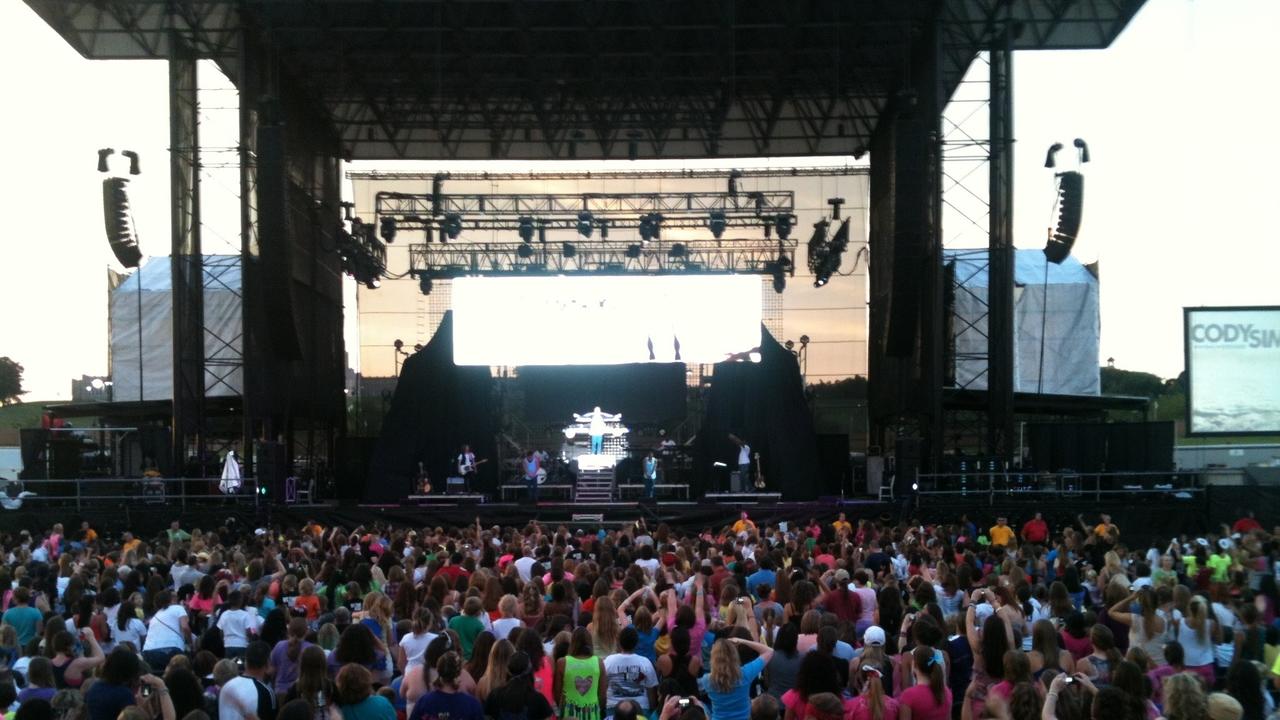Tips for Sound Engineers on Surviving Festival Season
Jun 14, 2019
Festival season is here and many of us will be working for artists playing at least a few. Some of us will be working for the audio provider for the festival and mixing any number of bands, many of which we probably know nothing about before they walk on stage.
As with so many festivals, there never seems to be enough time. There are too many acts scheduled so time gets stolen from changeover to be able to accommodate everyone’s set time.
Bands show up with an incredible amount of gear and inputs to do a 30-minute set, others show up with nothing and spend the day sorting out rental backline, and some times things just run smoothly without any problems.
But what about when it doesn’t?
What do you do when the festival is a fly date or a one-off for your artist and you are using local everything? You’re not getting a soundcheck, you’ve got a 20-minute changeover to get your band on stage and run through a quick line check over headphones, and GO! Your band is only playing for 45 minutes so you better pull that mix together quick. It’s gorilla mixing at its finest!
I’ve done my share of festivals over the years, on some we were carrying a console and stage package and on others, I carried nothing but my headphones and the lead singer’s microphone.
Below, are a few tips I can offer for surviving festival season.
If you absolutely must have it to do your show, bring it with you.
We’ve all been there where despite carefully advancing EXACTLY what we need for our show from consoles to microphone choices, we show up in, oh I don’t know somewhere like Manilla for our fly date, and none of the gear we were promised is there. This goes for IEMs, Microphones, Plug-ins…whatever. If you can’t do your show without it, make sure you have it with you!
Launch a preemptive strike.
Accomplish as much as you can before changeover. Get as much of the band set up and mic’d as possible, even if it’s upstage behind the backdrop or on the loading dock. Get whatever you can set up on risers, ready to roll on stage and with any luck you’ll just need to patch a few sub snakes at changeover. Work with the local audio techs and make sure they have your current input list and plot so they can assist as needed.
Less Is More.
Every sound engineer should be capable of building a good sounding mix with nothing more than what is on the console. This is, of course, assuming that you’ve got something good coming off the stage to work with.
I’ve seen sound engineers spending precious hours at festivals somewhere in the middle of nowhere desperately trying to find cell service because the licenses for their Plug-Ins have stopped working. While they are frantically trying to reach tech support or anyone who can save them, it’s growing closer and closer to show time. That’s a whole level of stress that I don’t need.
Learn the principles that will let you be able to pull together a good mix on whatever console you’re working on and with nothing more than proper gain, EQ, and basic dynamics. So they have a CL 5 and your only show file is for a Midas. You can spend hours arguing for the Midas you were promised which likely won’t show up, or you can get to work on building a file for the console du-jour.
Keep it simple.
Especially when it’s throw and go, focus on the most crucial elements first and leave all the bells and whistles for later. No one cares about your parallel compression on the drums if they can’t hear the lead singer.
Finally, be prepared for anything- especially mud, bad weather, and bugs!
By: Michelle Sabolchick
If you like what you’ve read help Mixing Music Live by Liking and Following us on Facebook and Instagram





